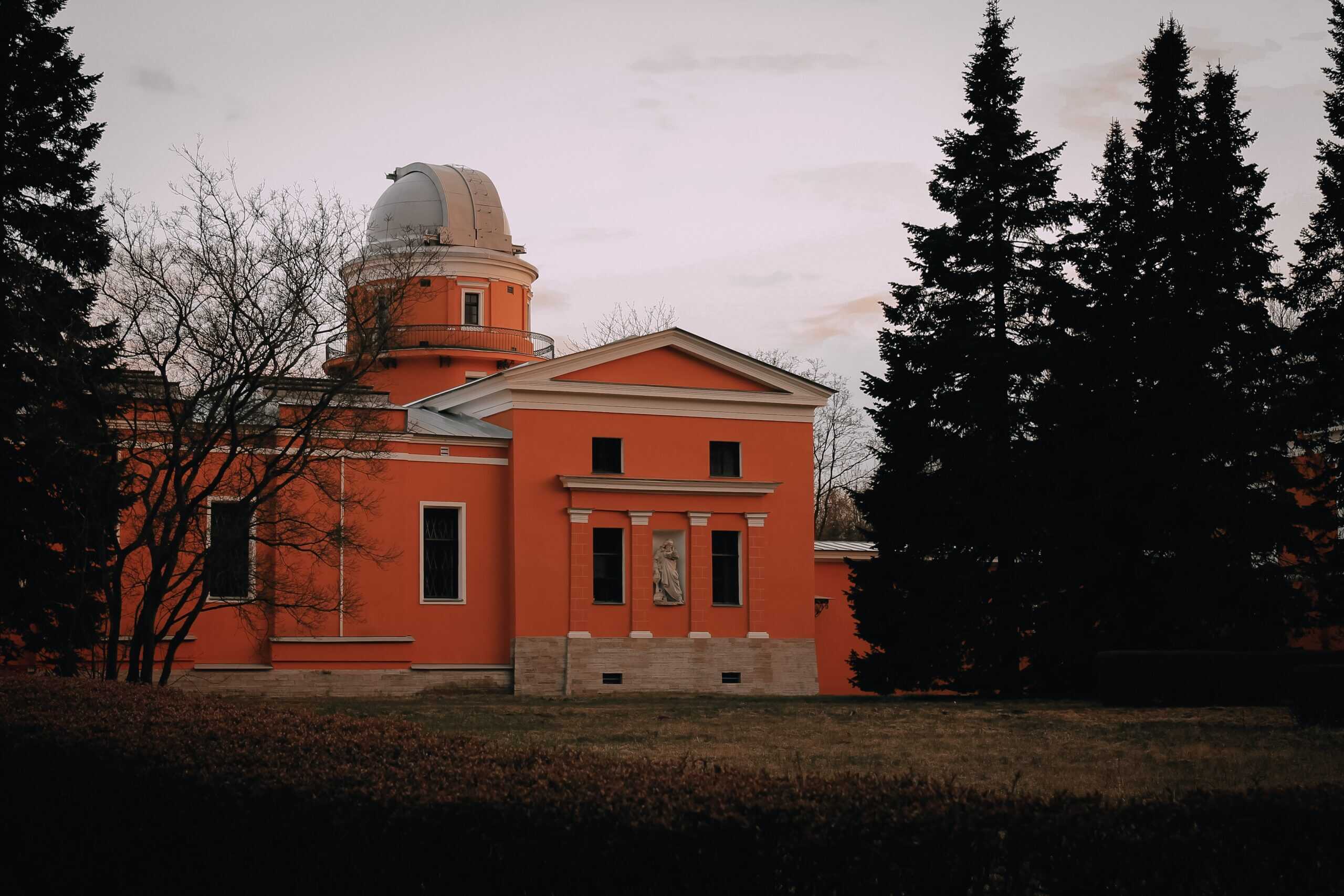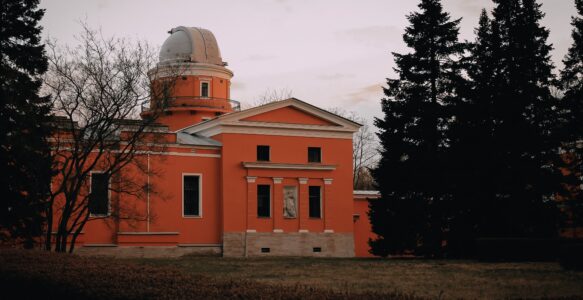It is difficult to name the exact time when the first observatories were founded. The structures where the celestial bodies were observed were built in ancient Assyria, Babylon, China, Egypt, Persia, India, Mexico, Peru. Today there are more than 500 observatories in the world: the press service of the Glavgosexpertiza of Russia has chosen the most interesting of them.
The first astronomers were the priests – they were the ones who observed the starry sky. And the beginning of these observations was laid back in the Neolithic and in the Bronze Age – it was then that one of the first observatories, Stonehenge, was created, located 130 km from modern London. The megalithic temple of Stonehenge was the sacred place of the ancient Celtic priests of the Druids – and they were well versed in the structure and movement of stars, knew the size of the Earth and the planets of the solar system, and studied astronomical phenomena. Stonehenge was founded in the XXX century BC. Another ancient observatory – it is five thousand years old – was discovered on the territory of Armenia.
The first observatory in the modern sense of the word was the Alexandria Museion, founded at the beginning of the 3rd century BC. under Ptolemy Soter on the initiative of Demetrius of Faler. Museion was a religious, research, educational and cultural center of the Hellenistic era. It also included the legendary Library of Alexandria, which, according to some sources, contained up to 900,000 scrolls. It was at the Alexandria Observatory that high-precision instruments such as gnomons and quadrants were first used. And the scientist Hipparchus invented the astrolabe based on the principle of stereographic projection.

